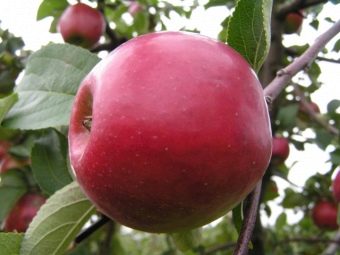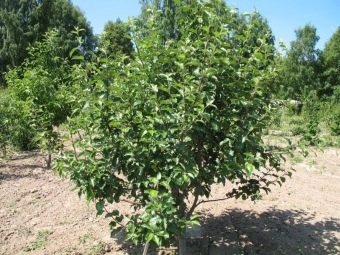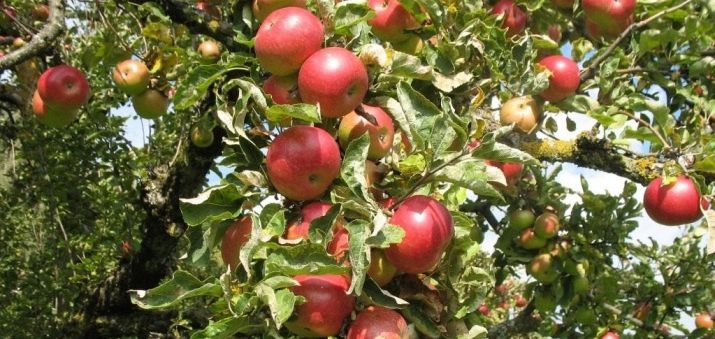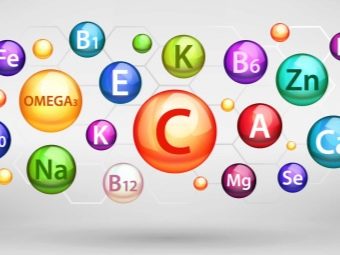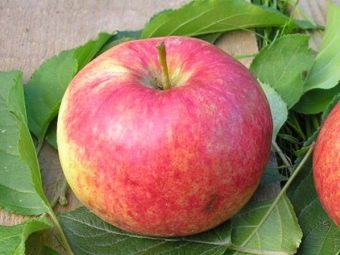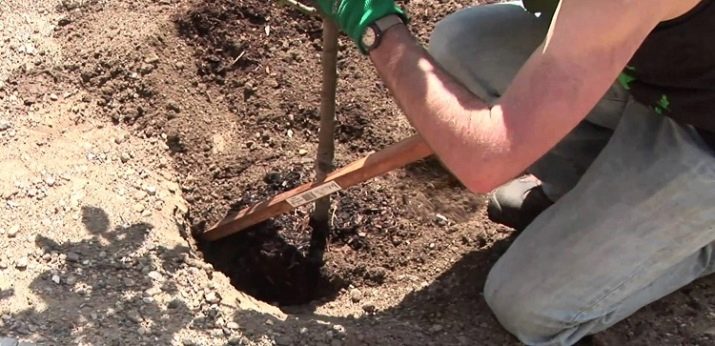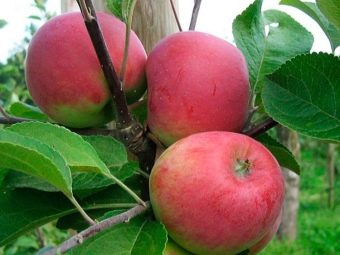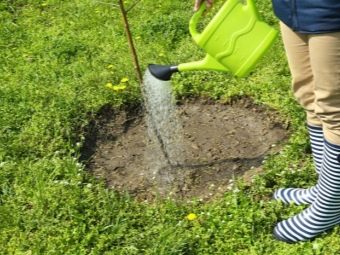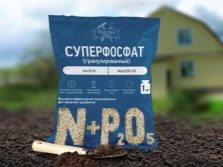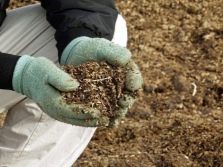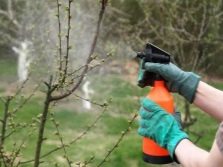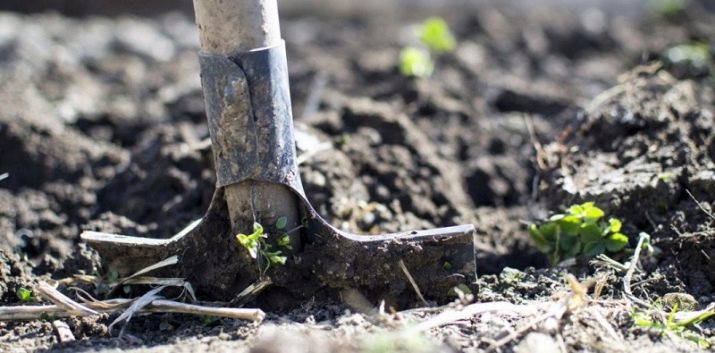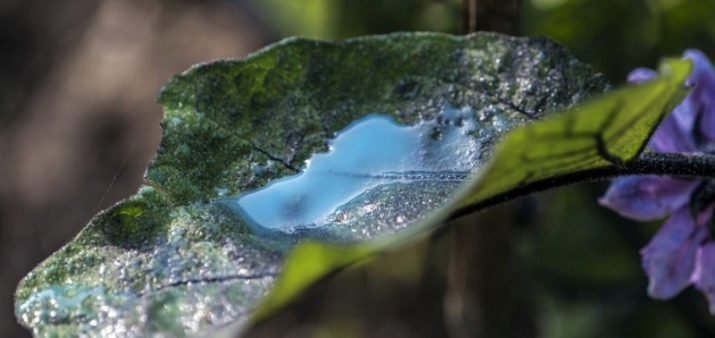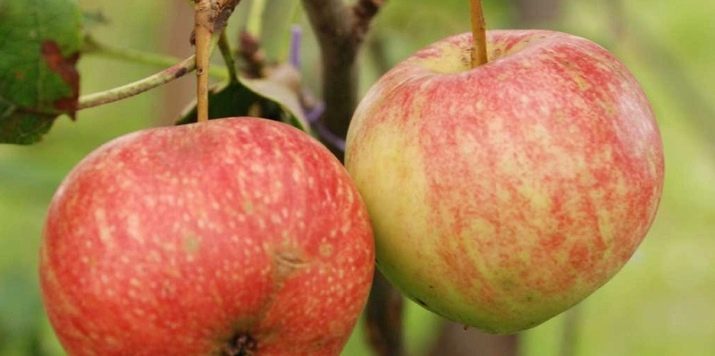Apple "Red earlier": features of the variety and cultivation
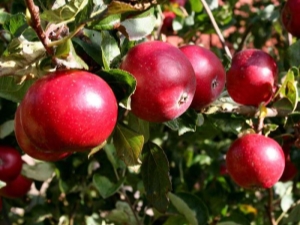
Apple is a fairly common resident of Russian gardens.There are many varieties of this tree, but breeders do not stop working and bring out new and more advanced ones. Due attention should be paid to the original apple tree called "Red Early", which pleases many gardeners and gardeners with their features.
Description
The apple tree “Red early” is a culture that is characterized by a compact size of a tree, a neat crown with an average thickness. As it grows older, the tree acquires spreading, which can be corrected by pruning. The bark has a brown color with a shade of yellow, each young shoot slightly pubescent. Medium-sized leaf is located on a long handle and has no stipules.
The flowering period falls on the first of May. The flower is of medium size, at first it is white, but later turns pink. The fruit of this variety is not very large, its weight is from seventy-five to ninety grams. But the apples look quite attractive. The shape of the fruit is round, sometimes close to the truncated cone.
The color of the skin is light yellow, but when the fruits fully ripen, they turn dark red. Due to the thick wax coating, the fruit looks very appetizing. The flesh has a cream color, it is reddish directly under the skin. Apple density is average. It is juicy, with a dessert refreshing taste.
"Red early" refers to the summer species. The variety begins to fructify in the second half of July, and the harvest can be collected already in the middle of August. Fruit ripening is uneven, ripe fruits are prone to shedding, so it’s better to pick them right away.
The purpose of these apples is to use fresh, as well as making great healthy juices. Fruits are stored briefly, the term is three to four weeks in a cool place. This variety does not require the presence of pollinator. Fruiting relatively early, falls on the fourth or fifth year of life. The tree is quite productive, the yield is about twenty-seven kilograms of fruit from one apple tree.
The variety is characterized by moderate frost resistance, the plant is likely to die without shelter for the winter. Diseases and harmful insects often attack the tree. If the climate is humid, then "Red before" may be affected by powdery mildew and scab.
Pros and cons varieties
Among the positive properties worth noting the following.
- The first and important advantage of the “Red early” variety is attractiveness in appearance. That is why these apples are often used for decoration of decorative compositions. Also, these fruits are juicy and very tasty.
- Drought resistance can also be attributed to the positive characteristics of the variety, because of this, the culture can be grown in a hot climate and lack of moisture.
- Early ripening of apples is also considered one of the advantages. Crops of sweet dessert fruit with a rich vitamin composition can be enjoyed already in the middle of the summer period.
- The fruits of the “Red earlier” variety, like other apples, are of great benefit to humans when they are eaten, and this is their most important advantage. These fruits are rich in vitamins, in particular, B, C, A, E, K. Also the inclusion of apples in the diet is a great way to saturate your body with iron, magnesium, potassium and phosphorus. These fruits help reduce the possibility of cancer, improve vision, work of the stomach and intestines, kidneys, liver and heart. The large amount of iron improves the functioning of the circulatory system, and the presence of fiber in fruits contributes to weight loss and lower cholesterol levels.
The variety has less disadvantages than pluses, here are the main ones:
- small sizes of fruit;
- fruits shrink with increasing tree age;
- short shelf life;
- low winter hardiness and instability to infections and parasites.
Cultivation and care
The best time for planting an apple of this variety is mid-April.Carry out the work better until the bud break. Young trees should be planted at a distance of four to five meters from each other, and three meters between rows.
The site for planting should be well lit, the best choice would be a non-shaded garden plot, where the soil is loose and fertile. Due to the compactness of the root system of the apple tree, the landing pit is made shallow. At the bottom of the hole is to put fertilizer and plant in a standard way.
Red Early does not need special care. In order for crops to be abundant and stable, trees will need to be watered, fertilized, pruned, and also properly prepared for winter.
Watering
The process of watering a young and mature plants varies. Saplings of this variety require frequent irrigation, the amount of which can be about four times per month, depending on the aridity of the climate and the amount of precipitation. The norm for one sapling per day is two buckets of water, which should be divided into two irrigation processes: morning and evening.
An adult tree of the "Red Early" is not afraid of droughts. The main thing when watering is timeliness:
- the first - when disclosing flower buds;
- second - at the end of flowering;
- third - At the time when the fruits are poured.
Also do not forget about irrigation before the onset of frost. Carry out the procedure is necessary if the autumn was dry. A tree that is saturated with moisture is better resistant to frost and less exposed to frost penetration. The period of pre-winter irrigation is considered to be the end of November. For a good impregnation of the land under one plant is to pour in from seven to nine buckets of water.
Fertilizer
Feed the "Red Early" should be started after the third season from the moment of planting, but only with the condition that the required amount of fertilizer has been applied to the landing pit. It is advisable to use sideratov that can not only enrich the soil, but also improve its structure. In addition, periodic feeding of young apples is required. Trees of the first years of life require fertilizing containing nitrogen, which help strengthen and increase the crown.
- In the middle of April. Use as a top dressing tincture of mullein or chicken manure.
- In the end of May. For foliar feeding, which contributes to the growth of green mass, you will need to make a solution of ten liters of water and twenty grams of urea. This substance should be used for spraying. To protect against pests and diseases, tree should be covered with wood ash.
Fruit trees also need fertilizer.
- In early spring, when kidney swelling occurs. As a fertilizer, it is worth using manure that has burst well (five buckets under the tree). This dressing is worth pouring around the trunk at a distance of a meter. As an alternative to manure, a mixture of fifty grams of ammonium sulfate, ten grams of potassium sulphide and ten liters of water will fit perfectly.
- At the time of flowering apple. Fifty grams of superphosphate, forty grams of potassium sulphide and twenty-five grams of urea should be diluted in ten liters of water. This solution is worth making after the tree is watered.
- In the period when the ovary is formed. In one bucket of water should be diluted fifty grams of nitrophoska and one gram of sodium humate. One tree will need three buckets of this solution. Also a good impact on the growth and development of the tree has a green fertilizer that is prepared from one part of green and ten liters of water. Insist the cost to continue for twenty days, after making for each plant two buckets of the mixture.
Pruning
In order to improve the tree and get the desired harvest, in the first spring months it is necessary to prune the apple tree. There are two main ways:
- the shortening procedure stimulates the growth of branches that are in the sleep phase, subsequently new strong shoots are formed;
- the thinning process is necessary in order to lighten the crown; in the course of work, it is worth removing those branches that are directed inward.
Preparing for the winter period
The variety "Red early" requires a pre-winter preparatory stage. The beginning of preparation for cold weather should occur in autumn:
- it is necessary to collect fallen leaves, destroy the weed, remove diseased and damaged branches;
- From the trunk, the old bark should be cleaned, the wounds should be patched with garden pitch, and whitewashed.
- it is necessary to feed the tree to eliminate the deficit of potassium and phosphorus; when applying fertilizer, it is necessary to dig up the trunk circle.
To protect the plant from frost, it is necessary to mulch the roots, as well as winding the trunk and skeletal branches with a breathable material.
Fight against diseases and pests
It is not only sick and weak trees that need to be protected from pests or infections. Prevention of a healthy plant is a way to protect it from death or damage. To do this, it is necessary to spray an apple tree with a preparation containing copper, an insecticide, a fungicide, or Bordeaux mixture. Such processing should be carried out several times:
- until the buds bloom;
- before flowering;
- after harvest.
Effectively cure powdery mildew will help drugs "Skor", "Fitoferm." You can get rid of scab by using Topaz or colloidal sulfur. In order for the plant not to suffer from fruit rot, you need to timely remove damaged fruit.
Reviews
“Red early” is the leader among the most beautiful apple varieties, the fruits of which can become not only a garden decoration, but also a source of vitamins and beneficial substances for the body. Due to the positive characteristics of this variety, its popularity is quite high. Judging by the numerous reviews of residents of the country who have been growing this fruit plant for years, they like the apple tree for the beauty and excellent taste of the fruit, early harvests, and the compactness of the tree. Of the minuses, some whimsicalness of the variety is noted, as well as the crumbling of ripe fruit.
“Red early” is a suitable variety for Russian gardeners. With some drawbacks, there are more advantages in it. Growing this apple variety and paying due attention to it, everyone will be able to annually provide himself and his family with a large amount of very tasty and healthy fruits.
On how to care for apple seedlings, see the following video.

